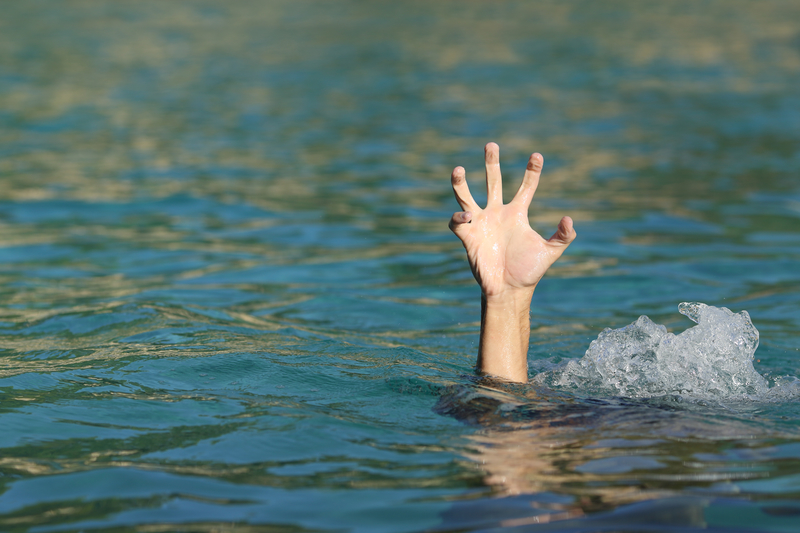Basic survival gear and skills, the stuff you should know at a minimum does not require a huge bankroll or investing hours upon hours learning how to make fire from two sticks.
You really just have to use common sense.
Build a Fire
The four most important factors when starting a fire are spark – tinder – fuel – oxygen.
The most common ways to create spark are:
1. Waterproof, strike-anywhere matches are your best bet. Matches may be water-proofed by dipping them in nail polish. Store your matches in a waterproof container.
2. A cigarette lighter is also a good way to produce a spark, with or without fuel.
3. The flint and steel method is one of the oldest and most reliable methods in fire starting. Aim the sparks at a pile of dry tinder to produce a fire.
Dry grass, paper or cloth lint, gasoline-soaked rags and dry bark are all forms of tinder. Place your tinder in a small pile resembling a tepee with the driest pieces at the bottom. Use a fire starter or strip of pitch if it is available.
Build a Shelter
Wilderness shelters may include:
Natural shelters such as caves and overhanging cliffs.
Near a rocky coastal area, build a rock shelter in the shape of a U, covering the roof with driftwood and a tarp or even seaweed for protection.
A lean-to made with poles or fallen trees and a covering of plastic, boughs, thick grasses or bark is effective to shelter you from wind, rain and snow.
If you find yourself in open terrain, a snow cave will provide good shelter. Find a drift and burrow a tunnel into the side for about 60 cm (24 in) then build your chamber. The entrance of the tunnel should lead to the lowest level of you chamber where the cooking and storage of equipment will be. A minimum of two ventilating holes are necessary, preferably one in the roof and one in the door.
CLOTHING AND EQUIPMENT
Clothing
Clothing must provide warmth and offer protection from the elements. Layers of light, natural fibers are best. Hats are a must, as they offer protection from both the heat and cold. Water proof outer layers are necessary.
Equipment
Equipment must be easily manageable and promote survival in any situation. Items to carry in your pockets may include a fire starter, waterproof matches and/or lighter, a pocket knife, goggles, compass, small first-aid kit and some sort of trail food.
Backpack
In addition to a survival kit, a good, comfortable backpack is mandatory. Loads of about 18 kg (40 lb.) are average. Items to include are; flashlight, extra jacket, socks and mittens, a pocket saw, gas camp stove, first aid kit, emergency food, and a tent and fly.
CHECK LIST
Useful items to include on your hike are:
1. A map and compass.
2. A large, bright plastic bag will be useful as a shelter, signaling device or in lieu of raingear.
3. A flashlight with extra batteries.
4. Extra water and food.
5. Extra clothing such as raingear, a toque and gloves, a sweater and pants.
6. Sun protection such as sunglasses, sunscreen, a hat and long sleeved clothing.
7. A sharp pocket knife.
8. Waterproof matches, a lighter and/or a flint.
9. Candles and fire starter.
10. A first aid kit.
11. A whistle, flares, a tarp.
As you progress in survival proficiency, you may want to add specialized gear to your list of stuff and learn new skills to help you tackle new challenges.
But if you are the “casual” adventurer, this list is an awesome starting point; at the very least, if you rattle off all that, you may not get so many offering so much advice.
To learn more about survival basics, please visit the British Columbia Adventure Network.
